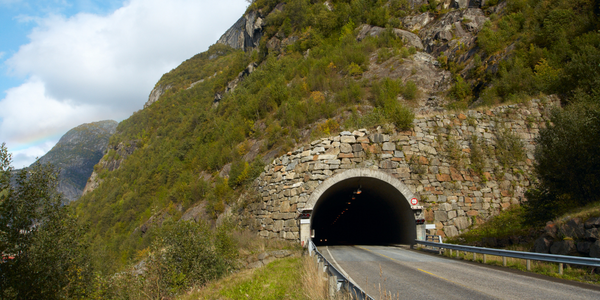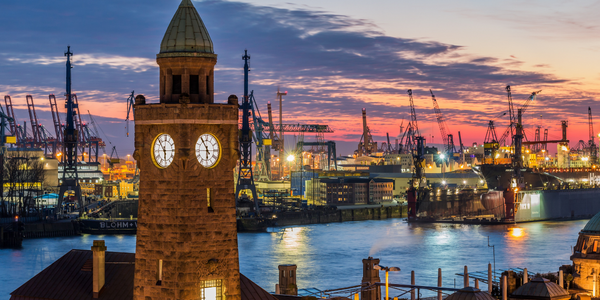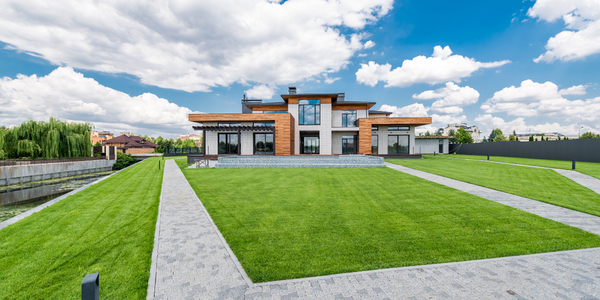技术
- 功能应用 - 计算机化维护管理系统 (CMMS)
- 平台即服务 (PaaS) - 应用开发平台
适用行业
- 水泥
- 建筑与基础设施
适用功能
- 设施管理
- 维护
用例
- 施工管理
- 库存管理
服务
- 系统集成
关于客户
STACK基础设施是创新数据中心解决方案的全球提供商。他们提供一整套园区、定制、托管和动力外壳解决方案,为客户提供扩展和发展所需的数字基础设施。 STACK EMEA (STACK) 确保其客户在整个北欧产品组合中拥有一致、可靠的基础设施,目前包括奥斯陆、斯德哥尔摩和哥本哈根的设施。他们提供 24/7 支持并管理超过 3,000 项资产,包括电力和冷却装置、配电基础设施、冷却泵、数据架等。
挑战
STACK EMEA (STACK) 是一家创新数据中心解决方案提供商,在奥斯陆、斯德哥尔摩和哥本哈根设有设施。他们管理着 3,000 多项资产,包括电力和冷却装置、配电基础设施、冷却泵、数据架等。他们面临的挑战是最大限度地减少停机时间,这需要主动、自动化的资产和设施管理。 Nordic 团队在不同的系统中使用多个流程,这些流程通常无法集成,从而导致效率低下和信息重复。他们的设施管理和变更管理团队使用单独的系统,导致跨平台发送大量电子邮件和手动复制粘贴信息。为了简化协作、提高效率并满足合规认证要求(ISO 9001 和 ISO 27001),他们需要整合工具并将所有内容收集在同一平台内。
解决方案
STACK 已经使用 ServiceNow 作为他们的 ITSM 解决方案。他们扩展了现有的技术负载,包括使用 Nuvolo Connected Workplace 进行全面的资产和维护管理,该工作平台本身构建于 ServiceNow 之上。 Nordic 团队使用 Nuvolo 跟踪和管理其挪威和瑞典站点的资产,每月处理 1,000 多个工作订单。他们还使用 Nuvolo 进行技术检查,通过数字检查表确保关键设备和区域正常运行。通过集中所有数据,STACK 能够避免重复的维护访问并防止代价高昂的故障,从而降低成本。他们还简化了工作订单流程和供应商管理。外部技术人员现在使用与内部团队相同的平台,从而节省时间并提供对信息的实时访问。 STACK 与 Nuvolo 团队合作定制解决方案并进一步扩展 ServiceNow,提高数据的一致性和准确性。
运营影响
数量效益

Case Study missing?
Start adding your own!
Register with your work email and create a new case study profile for your business.
相关案例.

Case Study
System 800xA at Indian Cement Plants
Chettinad Cement recognized that further efficiencies could be achieved in its cement manufacturing process. It looked to investing in comprehensive operational and control technologies to manage and derive productivity and energy efficiency gains from the assets on Line 2, their second plant in India.

Case Study
IoT System for Tunnel Construction
The Zenitaka Corporation ('Zenitaka') has two major business areas: its architectural business focuses on structures such as government buildings, office buildings, and commercial facilities, while its civil engineering business is targeted at structures such as tunnels, bridges and dams. Within these areas, there presented two issues that have always persisted in regard to the construction of mountain tunnels. These issues are 'improving safety" and "reducing energy consumption". Mountain tunnels construction requires a massive amount of electricity. This is because there are many kinds of electrical equipment being used day and night, including construction machinery, construction lighting, and ventilating fan. Despite this, the amount of power consumption is generally not tightly managed. In many cases, the exact amount of power consumption is only ascertained when the bill from the power company becomes available. Sometimes, corporations install demand-monitoring equipment to help curb the maximum power demanded. However, even in these cases, the devices only allow the total volume of power consumption to be ascertained, or they may issue warnings to prevent the contracted volume of power from being exceeded. In order to tackle the issue of reducing power consumption, it was first necessary to obtain an accurate breakdown of how much power was being used in each particular area. In other words, we needed to be able to visualize the amount of power being consumed. Safety, was also not being managed very rigorously. Even now, tunnel construction sites often use a 'name label' system for managing entry into the work site. Specifically, red labels with white reverse sides that bear the workers' names on both sides are displayed at the tunnel work site entrance. The workers themselves then flip the name label to the appropriate side when entering or exiting from the work site to indicate whether or not they are working inside the tunnel at any given time. If a worker forgets to flip his or her name label when entering or exiting from the tunnel, management cannot be performed effectively. In order to tackle the challenges mentioned above, Zenitaka decided to build a system that could improve the safety of tunnel construction as well as reduce the amount of power consumed. In other words, this new system would facilitate a clear picture of which workers were working in each location at the mountain tunnel construction site, as well as which processes were being carried out at those respective locations at any given time. The system would maintain the safety of all workers while also carefully controlling the electrical equipment to reduce unnecessary power consumption. Having decided on the concept, our next concern was whether there existed any kind of robust hardware that would not break down at the construction work site, that could move freely in response to changes in the working environment, and that could accurately detect workers and vehicles using radio frequency identification (RFID). Given that this system would involve many components that were new to Zenitaka, we decided to enlist the cooperation of E.I.Sol Co., Ltd. ('E.I.Sol') as our joint development partner, as they had provided us with a highly practical proposal.

Case Study
Splunk Partnership Ties Together Big Data & IoT Services
Splunk was faced with the need to meet emerging customer demands for interfacing IoT projects to its suite of services. The company required an IoT partner that would be able to easily and quickly integrate with its Splunk Enterprise platform, rather than allocating development resources and time to building out an IoT interface and application platform.

Case Study
Bridge monitoring in Hamburg Port
Kattwyk Bridge is used for both rail and road transport, and it has played an important role in the Port of Hamburg since 1973. However, the increasing pressure from traffic requires a monitoring solution. The goal of the project is to assess in real-time the bridge's status and dynamic responses to traffic and lift processes.

Case Study
Bellas Landscaping
Leading landscaping firm serving central Illinois streamlines operations with Samsara’s real-time fleet tracking solution: • 30+ vehicle fleet includes International Terrastar dump trucks and flatbeds, medium- and light-duty pickups from Ford and Chevrolet. Winter fleet includes of snow plows and salters.








